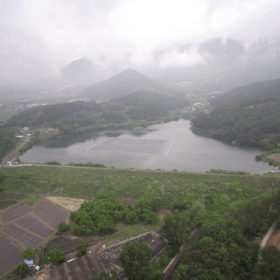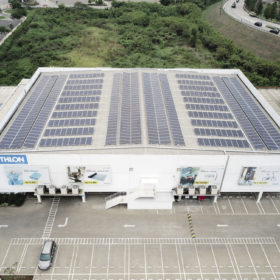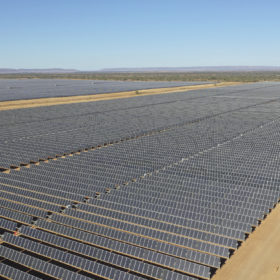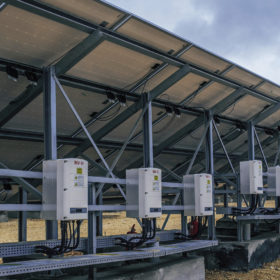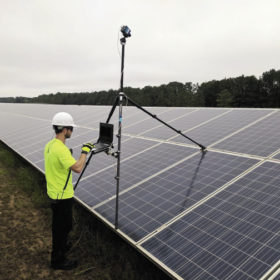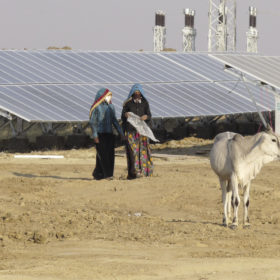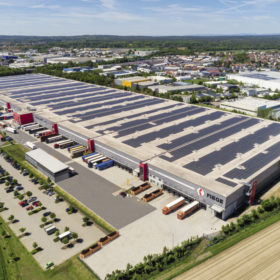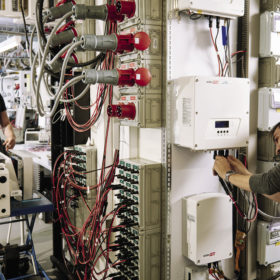South Korea’s floating ambition
Every summer, millions flock to a festival in the city of Boryeong, 200 km south of Seoul. The community offers visitors the chance to strip down and cake themselves in mud from the local tidal flats – a key geographic feature of the Korean Peninsula’s west coast. Another 50 km to the south lies the Saemangeum Seawall – the world’s longest manmade sea dyke, and the planned site of a massive 2.1 GW, state-backed floating PV installation.
Regulatory changes pave the C&I way
A growing number of companies in Indonesia, particularly multinationals that implement green policies or are listed as RE100 participants, are poised to adopt rooftop PV. Regulatory changes and signals from the country’s previous government, which supported coal, are paving the way for significant growth.
Investigations continue
Since 2014, pv magazine has investigated cases reported from our readers of PV projects where various issues related to installation and component quality have caused construction delays, failures or underperformance. The most recent of these demonstrate the breadth of quality issues that can arise.
More or less
How much granularity in monitoring and optimization is enough? Module-level power electronics have been a popular addition to the residential segment and, for several reasons, have enjoyed growing popularity on commercial rooftops. But where is the limit? While there are the first ground-mount installations with MLPE, other companies suggest that less is more and scaled down their optimization and monitoring granularity.
EL to the field: Assessing plant health
Electroluminescence imaging is gaining traction in the field at project sites for operations and maintenance and to support PV plant mergers and acquisitions. EL testing can help PV asset owners evaluate power plant system health and can predict potential future underperformance and failures. Tristan Erion-Lorico, the head of PVEL’s module business, and dowstream business chief Andrew Sundling discuss the outlook for this enabling technology.
Right tools, right tenders: Building a quality framework in India
“Quality control is expensive.” This common misperception is largely responsible for many of the product defects, design mistakes, and bad practices in the construction and commissioning of PV plants in several markets around the world. Strong downward price pressure underlined by reverse-auctions has created a false assumption that a budget for quality control is not necessary – as PI Berlin’s work in India is revealing.
‘We’re better off without standards’
Many factors are important in ballasting flat roof systems, such as wind speed and roof shape. In the past, however, wind force has unfortunately been underestimated, says wind expert Hans Ruscheweyh. pv magazine addressed this topic in a recent webinar with initiative partner Schletter, and drew several interesting points from the discussion.
Made in Israel
A reformed electricity market, officials who are supportive of PV’s new competitive position, and growing renewable energy ambitions are driving significant growth in Israel’s solar market this year. And with its homegrown hero in the background, solutions for the country to become a clean energy leader could already be in place.
Understanding LeTID
Light- and elevated temperature-induced degradation (LeTID) of PV cells can have far-reaching impacts on the efficiency of modules. Alison Ciesla and Brett Hallam of the University of New South Wales argue that accelerated testing, such as that included in the forthcoming IEC standards, is critical for LeTID identification and quantification in order to manage these impacts.
Carriers key for quality cell surfaces
The path to lower solar LCOE can be painful; just ask a PV manufacturer. However, ever-larger crystalline wafers may cause more pain than they are worth, argues Gerry Knoch, the managing director of wet bench provider exateq. For high efficiency, eliminating cross contamination in wet processes is vital and can be achieved – with carriers playing an important role.
